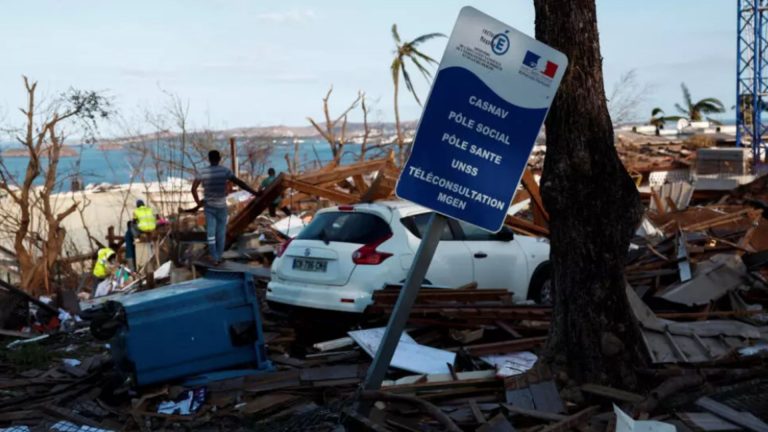Photo retrieved from forbes.com
Excerpt from forbes.com
Record-breaking heat that has been beating down on the Caribbean for the past few months poses a grave threat to regional food security. Unprecedented temperatures are impacting soil and water, worker productivity and income, food prices and trade— with consequences for the availability, accessibility and affordability of major crops, fish stocks, livestock… and even imported food.
Driven by climate change, a strong El Niño climate pattern and a much warmer than usual tropical north Atlantic, heat waves—temperatures that exceed the 90th percentile of the region’s historical range— have affected both marine and terrestrial food sources.
“Through successive COPs [United Nations Climate Change Conferences] we have heard repeated warnings about the imperative of limiting global temperatures to 1.5 degrees Celsius above pre-industrial levels,” says Dr. Didacus Jules, Director General of the Organization of Eastern European States (OECS).
“Global warming is creating hell on earth for Small Island Developing States (SIDS)— a rapid onslaught apocalypse.”
The Caribbean Regional Climate Center reported record-breaking temperatures across the region between May and August 2023, with forecasts of continued heat stress in the region through October, with ongoing increasing temperatures, humidity and frequency of heatwaves expected to rival prior records. Higher than normal temperatures are forcasted to extend into 2024, and the World Meteorological Organization (WMO) warns that these weather extremes will become the “new norm.”






















